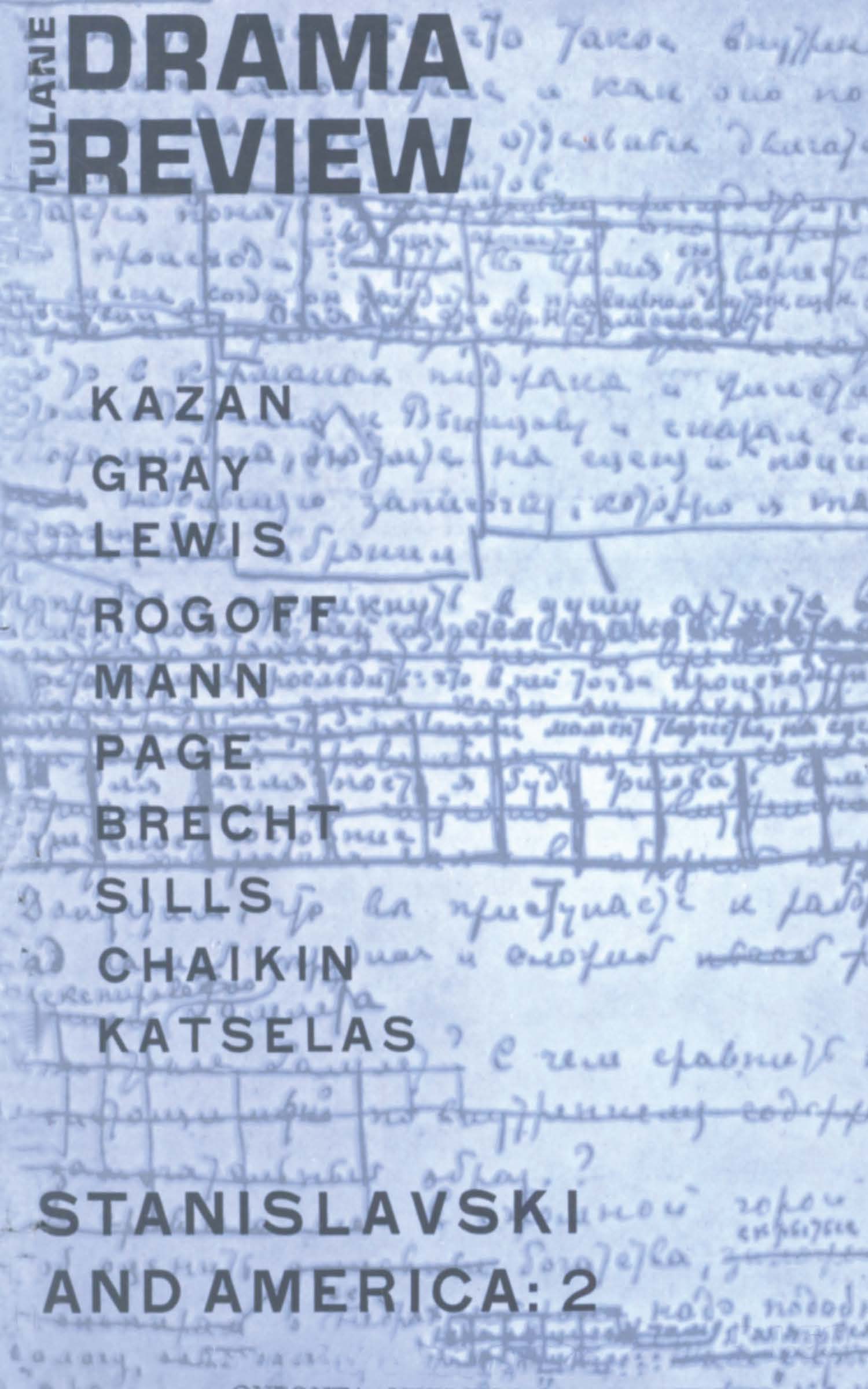No CrossRef data available.
Article contents
The Balcony and Parisian Existentialism
Published online by Cambridge University Press: 14 February 2022
Extract
The central theme of Jean Genet's extraordinary play, surely one of the major works of the twentieth century, is best expressed in two phrases about the nature of the cosmos we may take the liberty of adapting from two famous philosophers, Gottfried Wilhelm Leibnitz (1646-1716) and Cardinal Nicholas of Cusa (ca. 1400-1464): the identity of indiscernibles and the coincidence of opposites.
The ordinary man fancies that the solid realities of respectable society and the contrived illusions of the brothel are as far apart as are life and death. The play declares another message having only an incidental connection with the brothel setting: Reality and illusion are, strictly speaking, indistinguishable from one another, as indistinguishable as are dying and living.
In fact, Genet goes a giant step farther in his non-Euclidian geometry.
- Type
- Research Article
- Information
- Copyright
- Copyright © 1963 The Tulane Drama Review
References
1 I do not claim that Genet deliberately intended to document these notions. Moreover an examination of the contexts in Leibnitz’ Monadology and Nicholas of Cusa's On Learned Ignorance (De docta ignorantia) will indicate that my use of the above phrases evidently involves metaphorical extensions of the original meanings. Another complex of ideas which was under active discussion in Europe at the time of Genet's writing of The Balcony relates to the concept of “alienation” and “self-estrangement” as elaborated in Continental philosophical and religious traditions since Hegel's day.
2 See Heinemann, F. H., Existentialism and the Modern Predicament (1954). Heinemann links Sartre's Saint GenetGoogle Scholar with his The Devil and the Good Lord, and describes both works as “Theologia Diaboli.”
3 An interesting suggestion on the relations of de Sade and sadism to an obsession with theatrical displays will be found in Geoffrey Gorer's essay, “Sade,” (Encounter, April, 1962).
4 His extensive influence on notable literary figures and his important contributions to the theme I am exploring here are documented in A Search for Man's Sanity: The Selected Letters of Trigant Burrow (1958). Burrow explains the origin of the crippling sense of “separativeness” (elsewhere called “partitiveness”) as follows: “It would appear that in his separativeness man has inadvertently fallen a victim to the developmental exigencies of his consciousness. Captivated by the phylogenetically new and unwonted spectacle of his own image, it would seem he has been irresistibly arrested before the mirror of his own likeness and that in the present self-conscious phase of his mental evolution he is standing spellbound before it.”
5 “A New Theory of Neurosis” The Bookman (New York), November, 1927, 315. (Lawrence is here reviewing Burrow's The Social Basis of Consciousness.)
6 Soliloquies in England, 136.
7 Corroborating evidence on Genet's insistence throughout his works on the theme of the inseparability of reality and illusion will now be found in Martin Esslin's The Theatre of the Absurd (1961). Mr. Esslin, whose thoughtful study regrettably appeared after the present essay was first written, appears to find less structure and more existentialism in The Balcony than I do.


